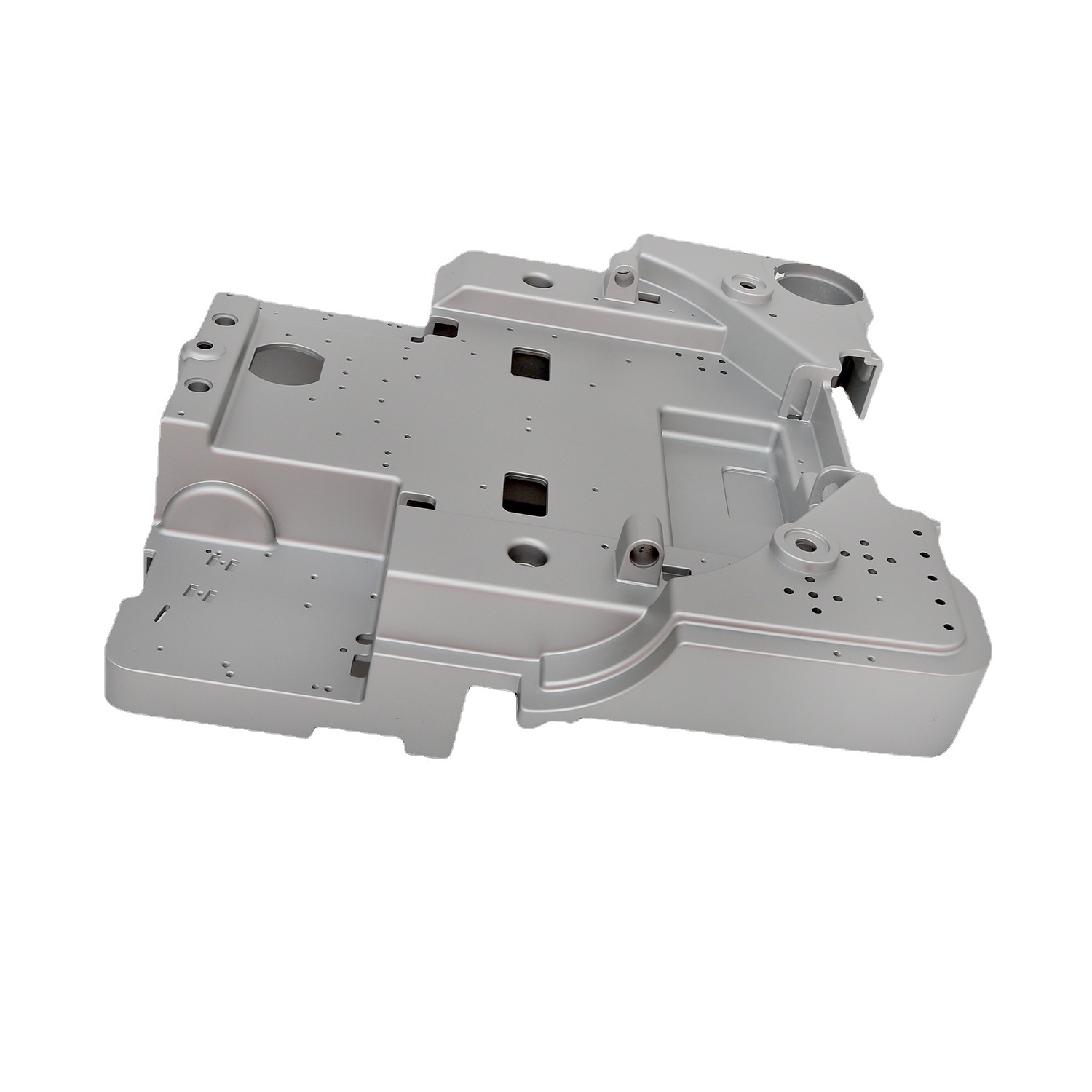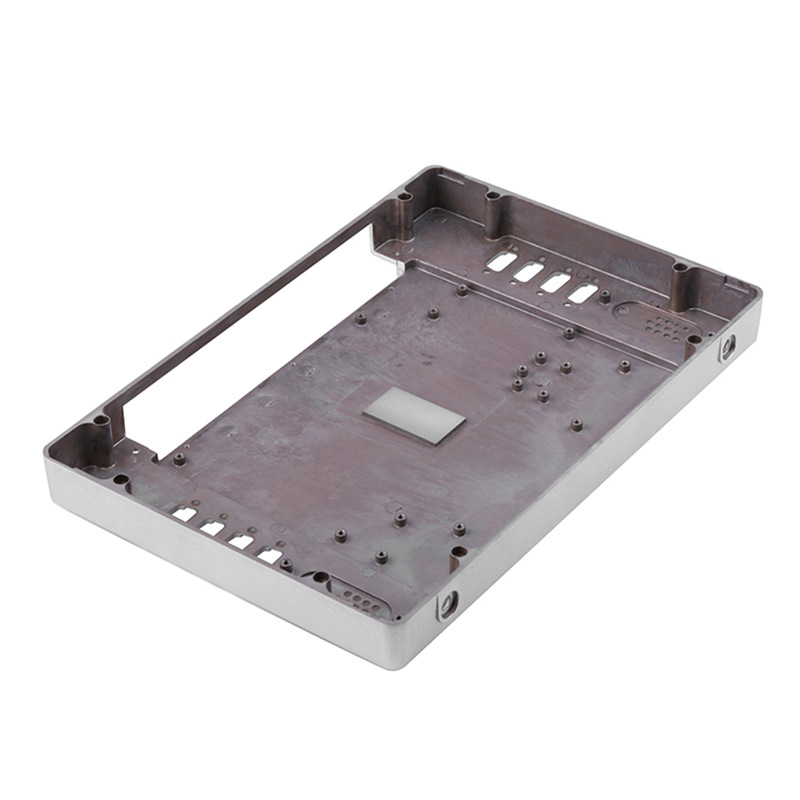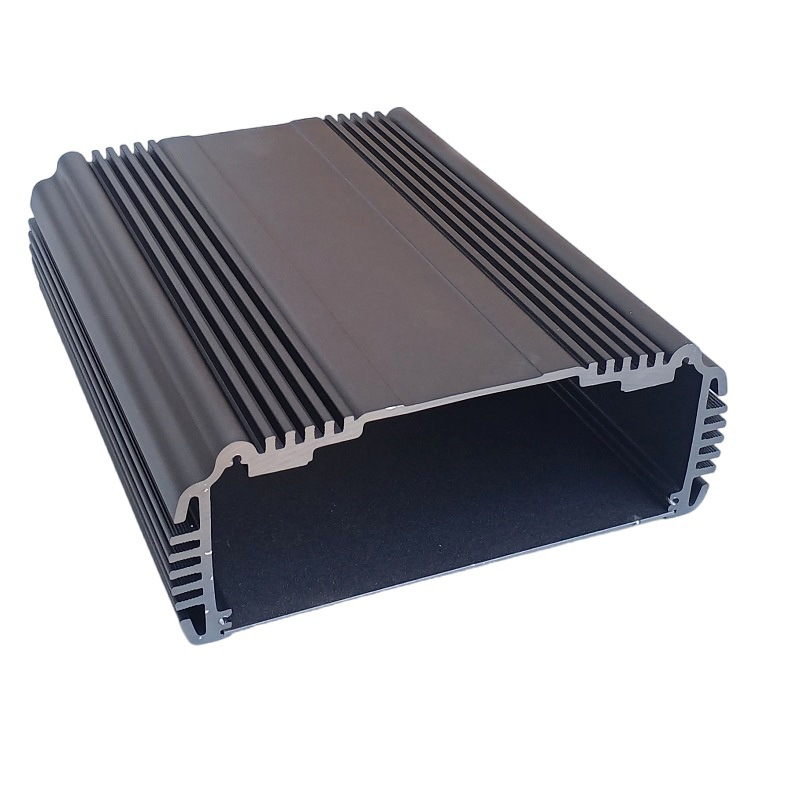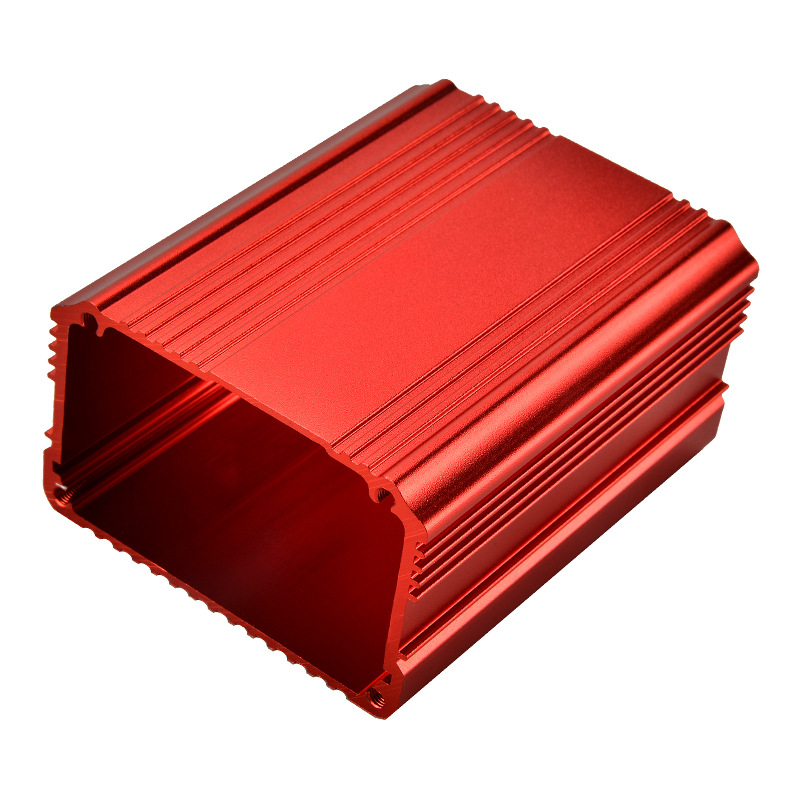CNC turning is a critical process in modern manufacturing, enabling the precise creation of complex, axially symmetric components used in various industries.
Should we choose CNC turning when facing different manufacturing requirements? What are the differences between CNC turning and other processes? These are all questions worth exploring.
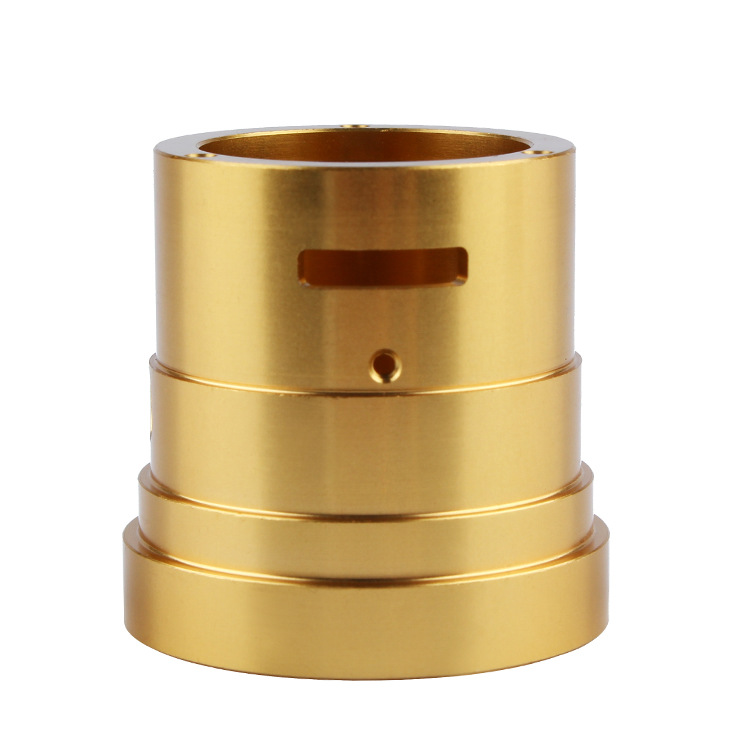
CNC turning is a machining process where the workpiece rotates while the cutting tool remains stationary. This setup allows for precise creation of axially symmetric parts, producing smooth finishes.
Understanding the advantages and disadvantages of CNC turning is crucial as it can help us make better choices. Now, let’s dive deeper into the details of CNC turning and explore its difference from other processes.
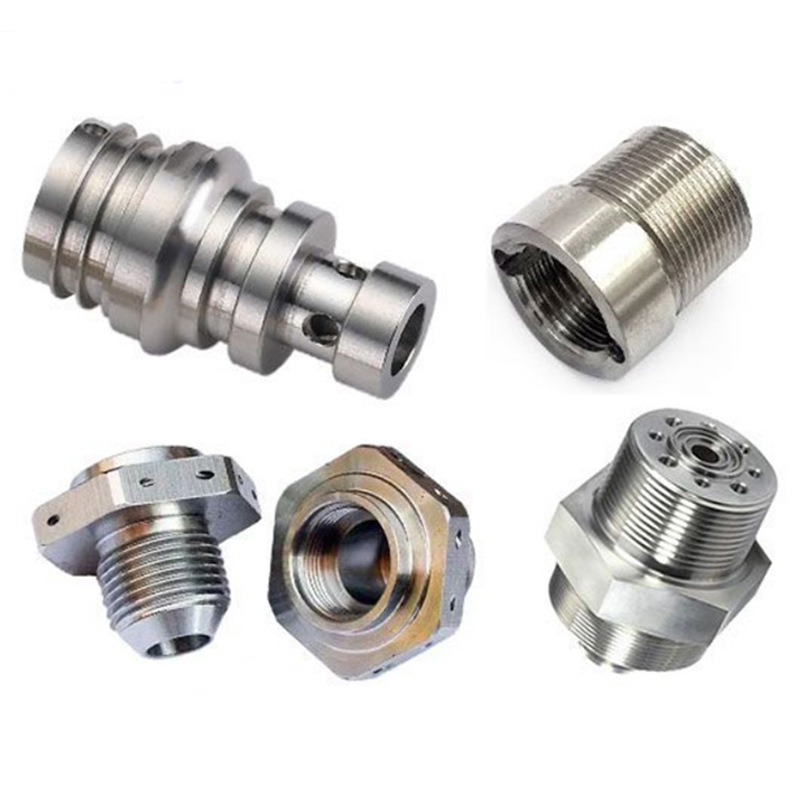
What Shapes Can be Produced by CNC Turning?
CNC turning is a versatile machining process that can create a wide variety of profiles depending on the specific turning process employed.
It is ideal for creating a variety of shapes and features, especially those that are rotationally symmetric. Some of the common shapes and features produced by CNC turning include:
1. Cylinders and Shafts
2. Cones:
CNC turning can create conical shapes, which are often used in components like funnels, nozzles, and certain types of bearings.
3. Grooves and Threads:
Grooves and threads are integral features for many parts, such as screws, bolts, and threaded inserts.
4. Holes and Bores:
Boring and drilling operations can be performed on a CNC lathe to create holes of various diameters and depths.
5. Complex Contours:
Advanced CNC lathes equipped with multiple axes and live tooling can produce complex contours and features, including undercuts, recesses, and intricate surface textures.
6. Spherical Shapes:
CNC turning can also create spherical shapes, which are commonly used in ball bearings and certain types of valves.
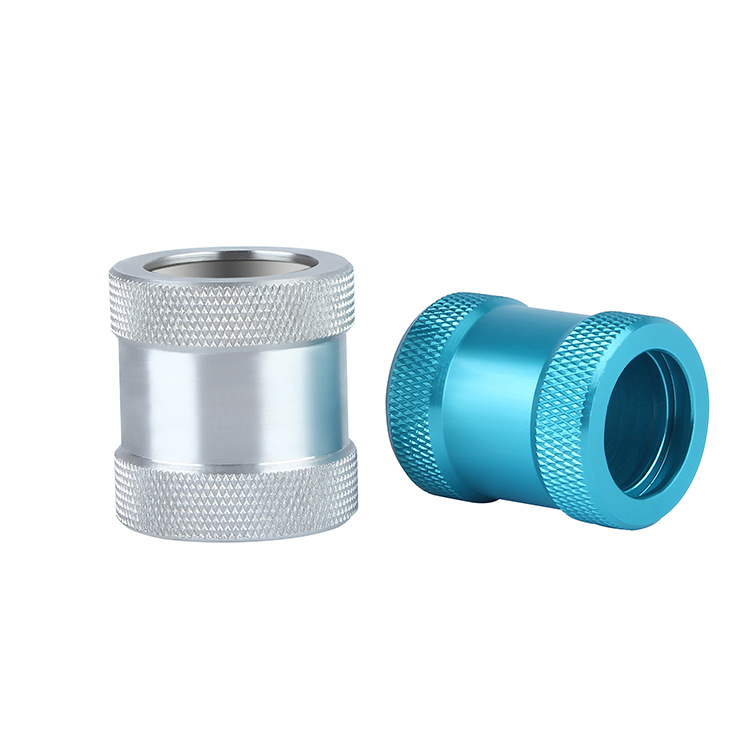
Is CNC Turning Suitable for Your Parts?
Choosing CNC turning for your part depends on several factors, including the part’s geometry, material, required precision, and production volume. Here are some considerations to help determine if CNC turning is the right choice:
1. Part Geometry:
If your part has a cylindrical or rotationally symmetric shape, CNC turning is likely the best option. Examples include shafts, bearings, and pulleys.
2. Precision and Tolerances:
CNC turning is known for its high precision and ability to achieve tight tolerances. If your part requires high dimensional accuracy and a smooth surface finish, turning is a suitable choice.
3. Production Volume:
CNC turning is efficient for producing large quantities of parts with consistent quality. If you need to manufacture a high volume of parts, turning can offer significant cost savings and reduced lead times.
4. Complexity:
While CNC turning is excellent for simple and moderately complex parts, highly intricate geometries may require additional machining operations or alternative processes like CNC milling or multi-axis machining.
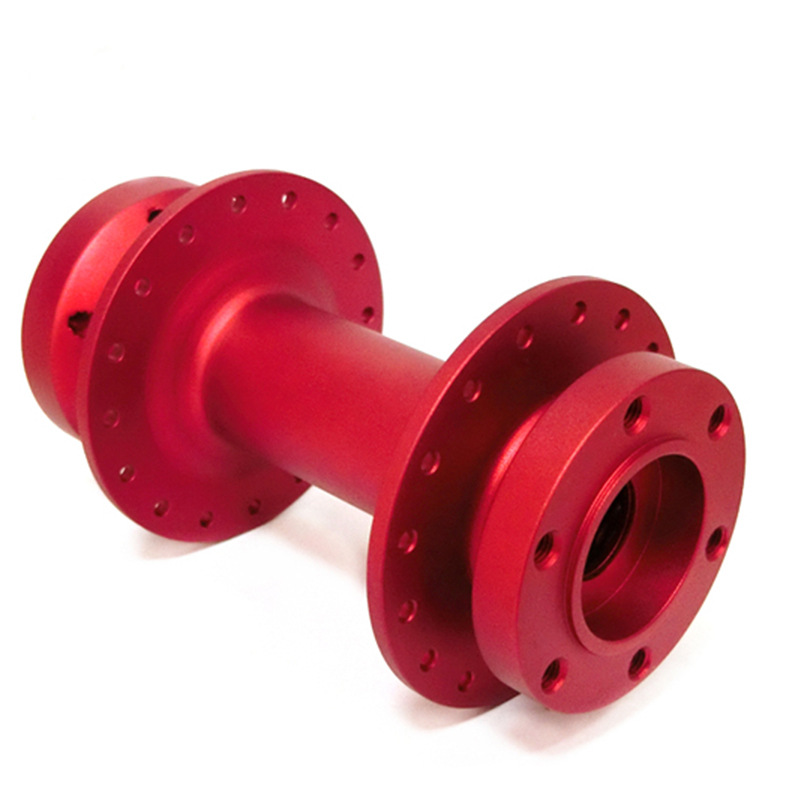
CNC Turning vs. CNC Milling
While both CNC turning and CNC milling are essential machining processes, they serve different purposes and applications.
Understanding their differences can help in selecting the right method for your manufacturing needs.
CNC Turning:
• Process:
In CNC turning, the workpiece rotates while the cutting tool remains stationary. This process is ideal for producing cylindrical parts with high precision.
• Applications:
Common applications include shafts, bushings, pulleys, and threaded components.
• Advantages:
High precision, excellent surface finish, and efficient production of symmetrical parts. CNC turning is also capable of producing parts with tight tolerances and intricate features.
• Limitations:
Limited to parts that are rotationally symmetric. Complex geometries that require multiple axes of movement may be challenging to achieve with turning alone.
CNC Milling:
• Process:
In CNC milling, the workpiece remains stationary while the cutting tool moves across multiple axes (typically X, Y, and Z) to remove material. This allows for the creation of complex shapes and features.
• Applications:
Common applications include complex geometries, flat surfaces, slots, pockets, and intricate 3D shapes.
• Advantages:
Versatility in creating complex geometries, suitable for a wide range of materials and part types. CNC milling is ideal for producing parts with non-rotational symmetry and intricate details.
• Limitations:
Higher setup time and cost compared to turning. Surface finish may not be as smooth as that achieved with turning, especially for cylindrical parts.
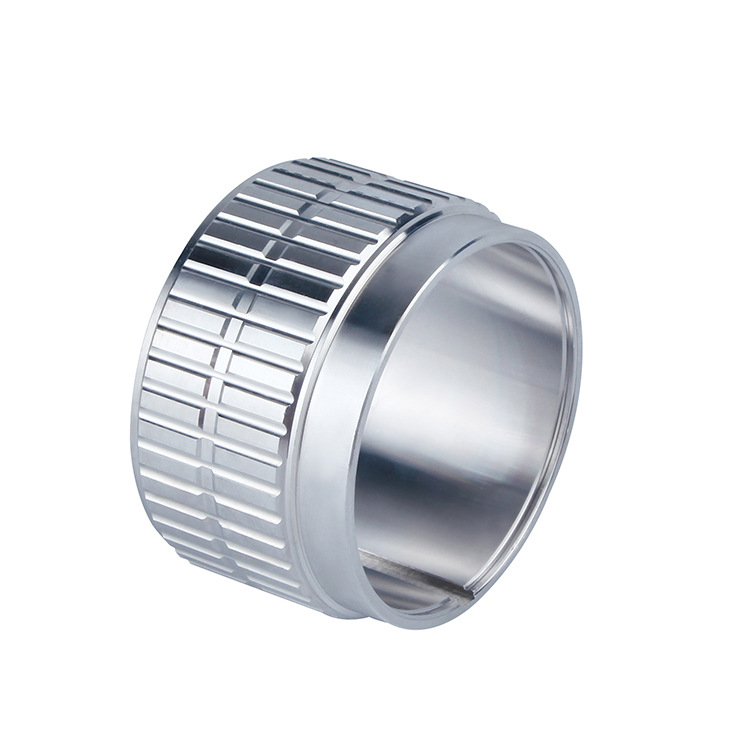
Alternative Manufacturing Methods
In addition to CNC turning and milling, there are several other manufacturing methods to consider, each with its own advantages and disadvantages:
1. 3D Printing (Additive Manufacturing):
Advantages:
Rapid prototyping, ability to create complex geometries and custom designs, minimal material waste.
Disadvantages:
Limited material choices, lower strength and durability compared to machined parts. Surface finish and dimensional accuracy may require post-processing.
2. Injection Molding:
Advantages:
High production rate, consistent quality, and low per-unit cost for large production runs.
Disadvantages:
High initial tooling cost, making it less suitable for low-volume production or prototyping.
3. Casting:
Description:
Common casting methods include sand casting, die casting, and investment casting.
Advantages:
Ability to produce large and complex parts, wide range of materials, and economical for high-volume production.
Disadvantages:
Longer production time, higher initial cost, and potential for defects such as porosity and shrinkage.
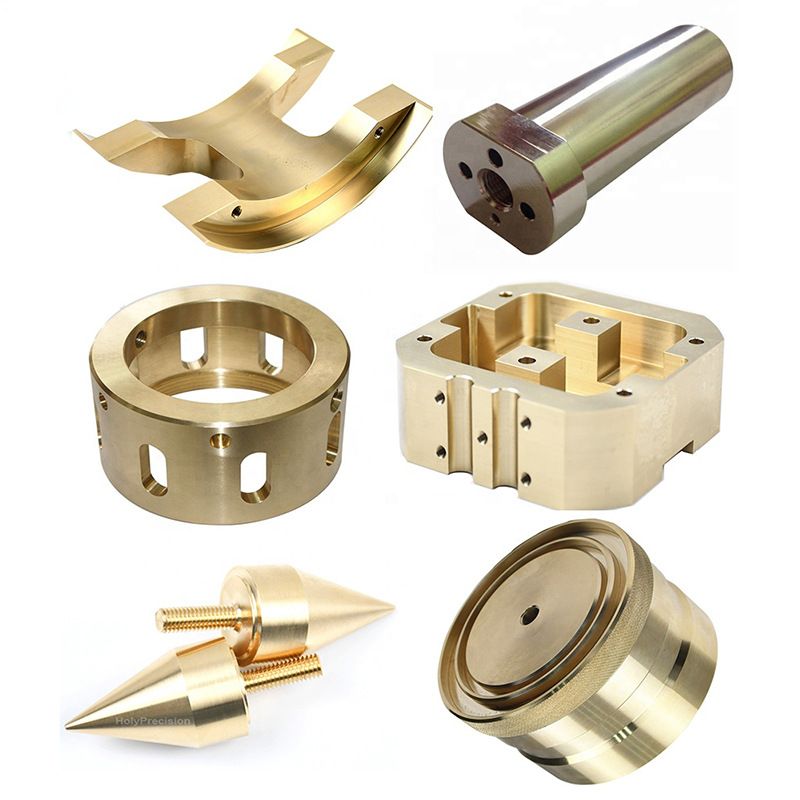
4. Forging:
Description:
Forging involves shaping metal by applying compressive forces, typically using a hammer or press.
Advantages:
High strength and durability of forged parts, suitable for critical applications in aerospace, automotive, and defense industries.
Disadvantages:
High tooling and setup cost, limited to simpler shapes compared to machining and additive manufacturing.
5. Laser Cutting:
Advantages:
High precision, ability to cut intricate patterns, minimal material waste.
Disadvantages:
Limited to flat sheets and thin materials, higher cost for thicker materials and larger parts.
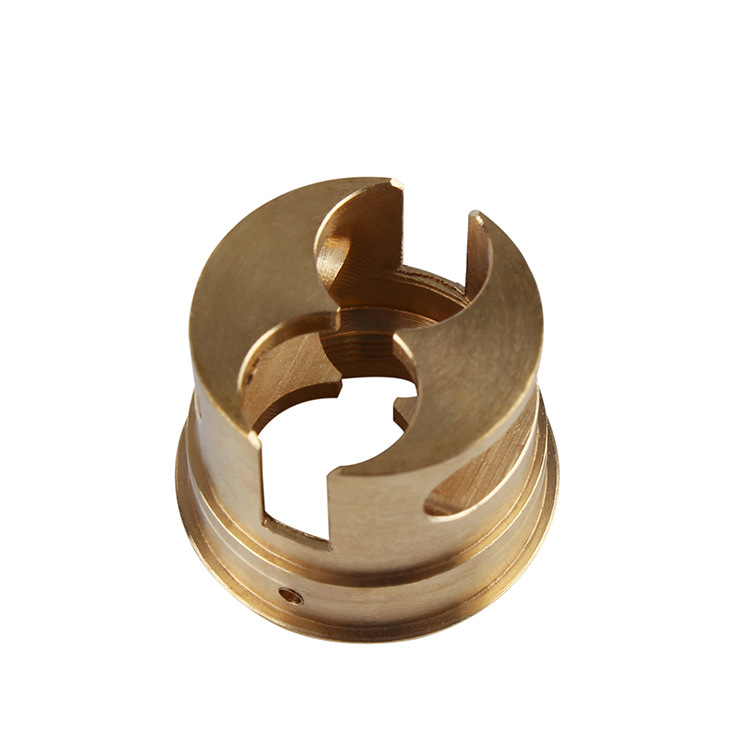
Summary:
CNC turning is a vital machining process, especially for creating precise, axially symmetric parts. With its high precision, efficiency, and ability to produce complex geometries, CNC turning is an excellent choice for many applications.
However, it’s essential to consider the specific requirements of your project and explore alternative manufacturing methods to ensure you select the most suitable and cost-effective solution.



